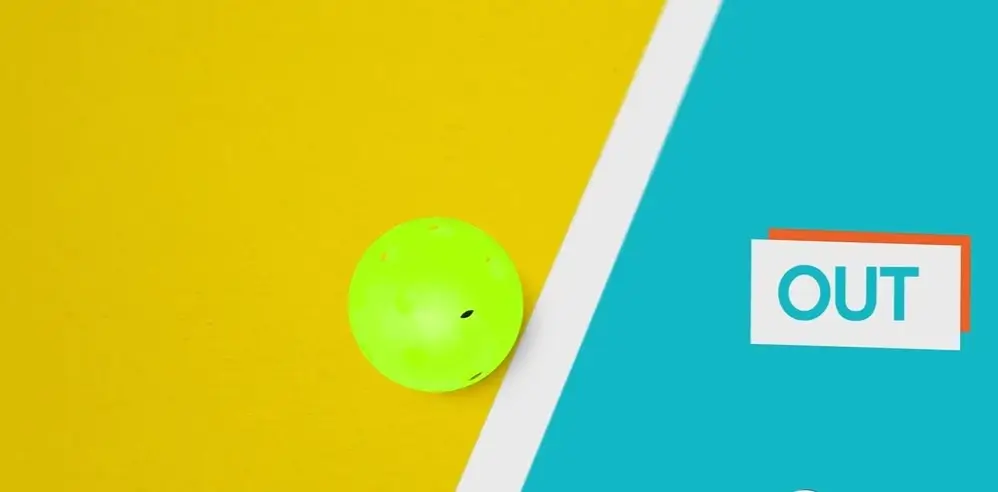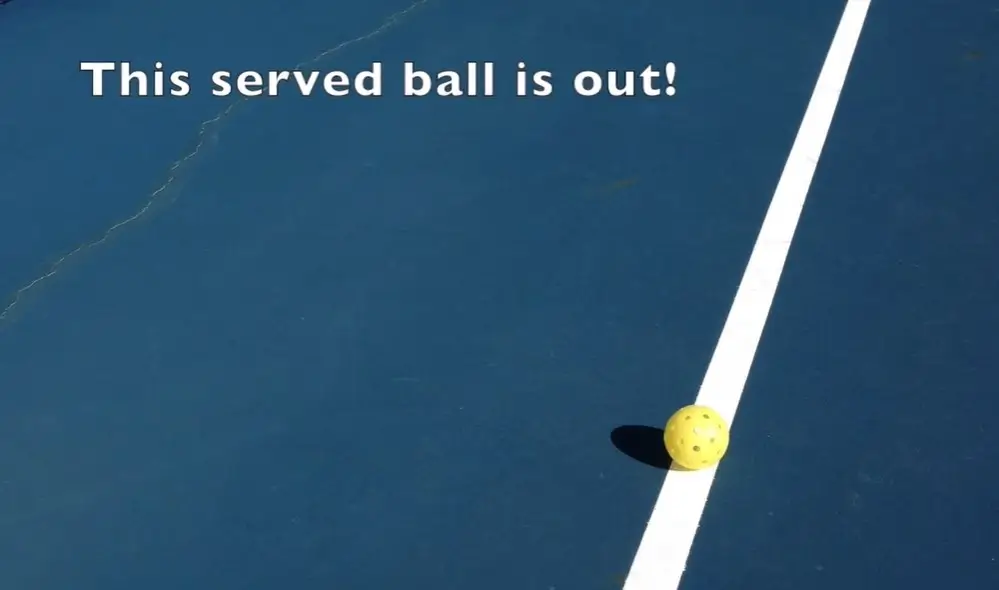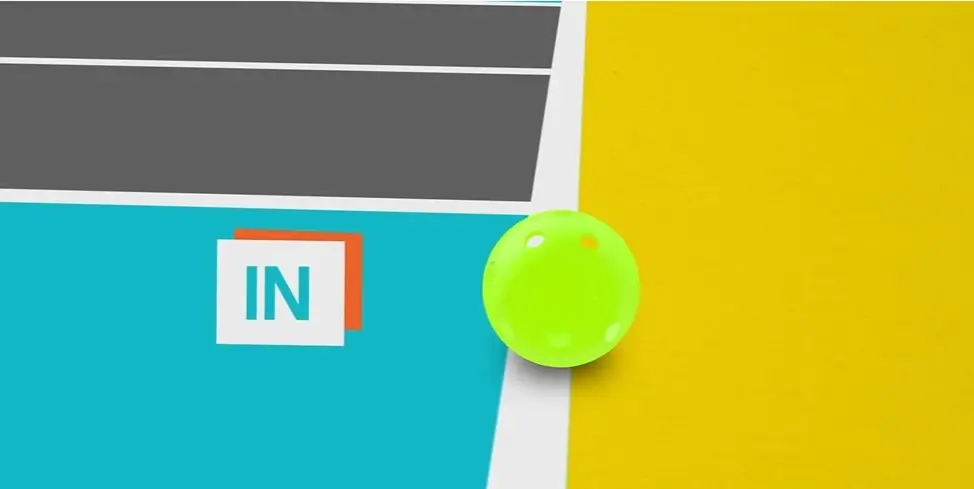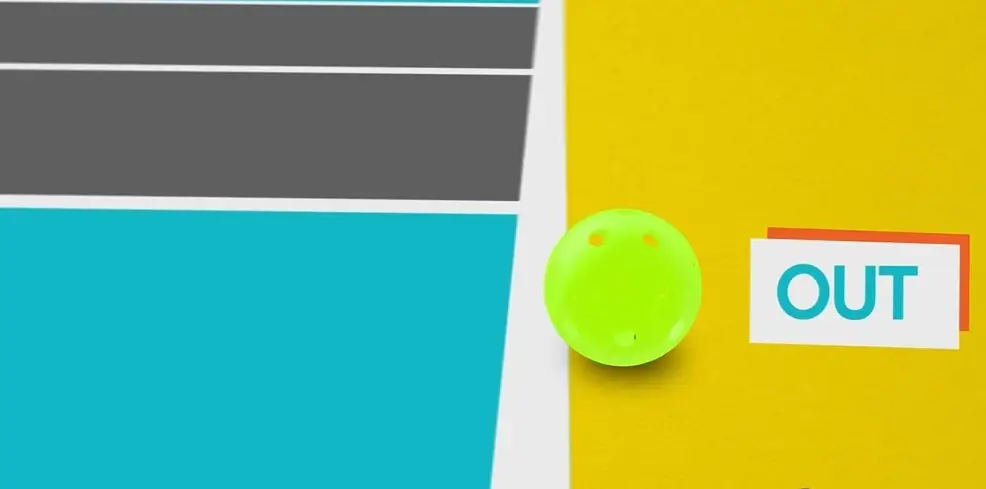Executing the right line call in pickleball is genuinely challenging. All the players should know the perceptive of accurate line calls. Players often remain confused in the court owing to mess with line call rules and sometimes; get others confused too in this regard.
The players get upset while learning the rules for executing the accurate line call, as it is hard to make.
Sometimes, the situation we face is we hit the ball right by our side thinking of a winning shot, but our opponent calls it out.
Most players do not know the rules of lines call in pickleball and cannot regulate it is out or in.
A complete direction of pickleball lines rules is given in this article, and stay tuned to the page for your better understanding.
What do the players need to acknowledge about Pickleball line rules?
Knowing to make the right line call is mandatory, as making line calls decide the ball is in or out.
The basic things that need to know are:
- When we hit the ball, it seems to wave on the line, but it is not touching the line means the ball is out.

- Hitting the non-volley zone or the kitchen line considers wrong whether the ball touches or not.
Pickleball Line Call Rules
To win a game and make the right calls, these basic rules should be learned:
Dead balls
A dead ball is the one that bounces out of bound and you called out it promptly. If you don’t make it instantly then the opponent will hit the ball and it will no longer be in your hand.
The other noticeable point is bouncing before going out. If the ball does not bounce, then it will be considered in play.
Antagonistic Balls
Antagonistic or conflicting balls refer to those balls that are called in by your partner, and out by you. These balls will consider in.
Code of ethics
As a player, you should be honest, patient, and gentle. Learn the rules of the pickleball and play it in honest manners.
You should not be notorious for making bad lines. Remember the fact that, pickleball is an incredibly ongoing play and it accommodates a strong sense of culture. Spectators should prohibit to interfere with the line call.
Bad line calls
The line calls other than the centerline on the serve considers to be wrong or bad line calls.
In this regard, opponent willingness matters a lot. Other than this, you may request to referee about giving you a chance.
In pickleball matches or tournaments, referees are answerable to find fault with feet at the non-volley zone, so it might be possible that they are not watching the line calls.
Line judges prefer in tournaments to resolve the dispute over line call rules.
Doubted balls
Doubt line calls benefit the opponent. Remember that, if you hit a ball and did not call out then the point will be in favor of the opponent. The line call should be thru promptly.
In this situation, due to uncertainty in observing, player can’t claim that ball is in, but yes, he may ask for referee’s opinion or help.
How To Use Line Call : (Learn to make accurate line calls)
Making an accurate pickleball line call is tricky, as only a little part of the ball strikes the ground surface.
When the player makes a line call, he hits the shot based on a small area. To make a perfect line call, try to recognize the paint or surfacing at the back of the ball unless seeing it directly.

We will say the ball is “in” if it lands on any court line except the serve.

When the ball lies outside the court, it will be called “out”.

How Teamwork matters?
Here, we discuss how teamwork or communication with the partner matters to make an accurate line call.
If you are going to play competitively, you must know who should call the shot coming towards your side.
For instance, If the opponent heads towards the partner and it crosses the baseline, who should adopt the line call?
The line call must be made by the one who is observing the ball, most probably the other partner.
If the first partner (who is target) say something that goes wrong, the point will be gone for the opponent.
Line Referee/Judge Signals to denote line call In or Out
As line call rules are the conflicting issues among the players, judges are assigned to make it easy.
Judges are selected by the director of the tournament or designated representative. The judges give some signals that we need to know must:
The hand signals for the “Out” ball
For the out ball, the judge will signal, like a wide ball (in cricket) by stretching his hands wide (straight to his shoulders).
The hand signal for the “In” ball:
For the “In” ball, the judge will extend his arms parallel (with down palms) to the pickleball court.
Blocked balls
To denote the blinded/blocked balls, judges will cover his eyes with hands. It means the referee can adopt a line call abruptly.
Here you can download the pdf rulebook of USAPA Pickleball rules.
Final Thoughts On Pickleball Boundary Line Rules
The success of the player playing pickleball depends on the capability of hitting the ball accurately within lines. Players have been seen for making objections over the line call rules, so the complete acknowledgment of line call rules is mandatory.
To wind up the discussion, I will say that learn to make line calls and hit it when you see the painted lines of the court. It is really hard to make accurate line call, don’t get frustrated upon this issue.
Behave honestly in the play, and respect opponent’s views too. You must endeavor for accuracy try your best to not give the opponent a chance of objection on your behalf.

I am Michael Wanner, an experienced and educated expert in the field of pickleball. I hold a degree in Sports Science from Cleveland State University, Ohio, USA. My expertise lies in the technical aspects of pickleball and how to play it effectively. I have spent many years playing and coaching pickleball and have a wealth of knowledge to share with my readers. I am a valuable resource for anyone looking to improve their pickleball skills and strategies.